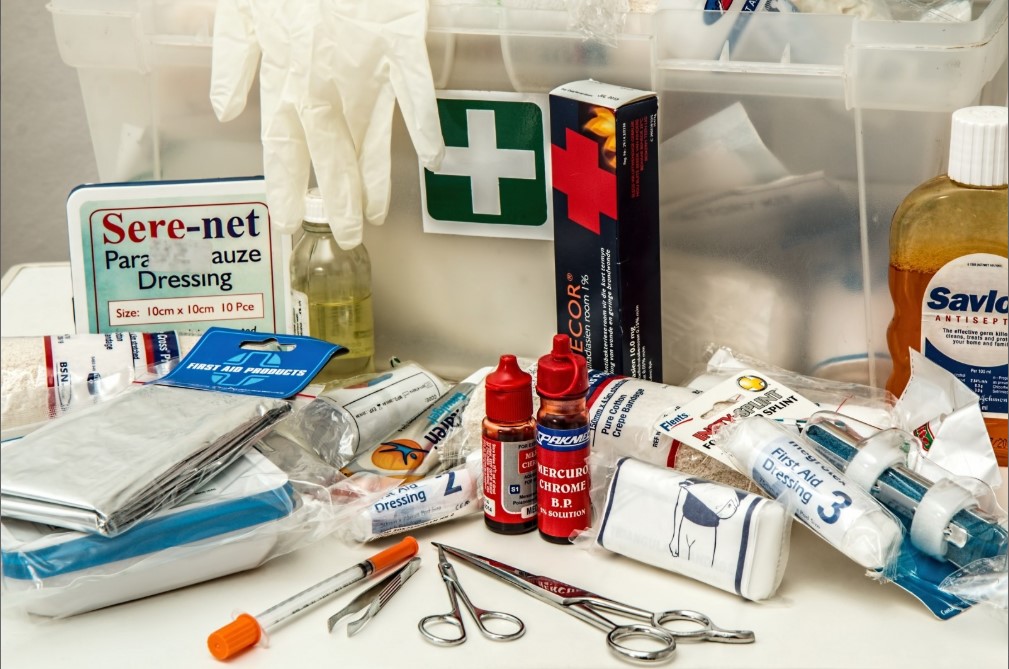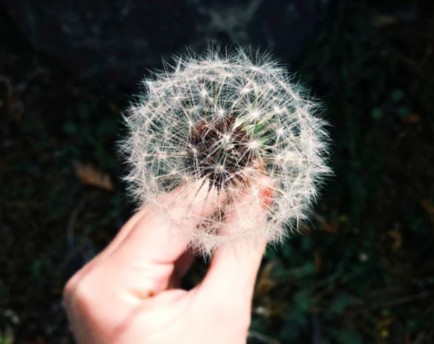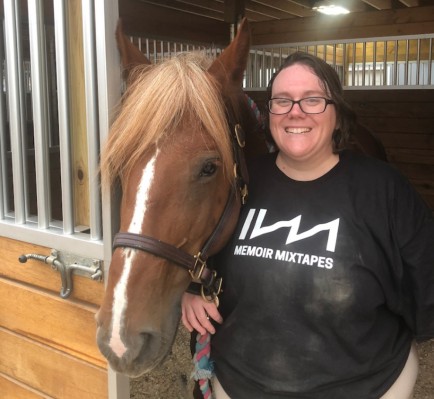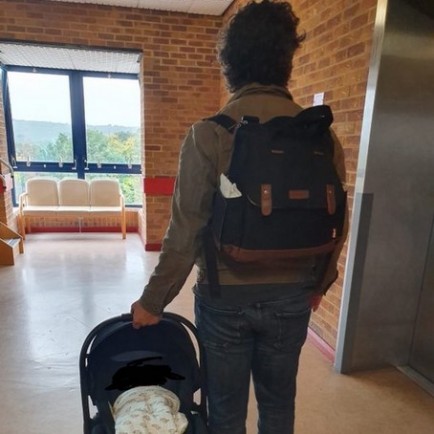You can build your own kit from scratch, or you could get a pre-packed first-aid kit. Pre-packed first-aid kits are a great starting point for your first-aid kit. However, it’s unlikely that you will have everything you need in one product, so you will probably have to top it up with some extras. Here are some tips and guidance on what you may want to include in your first-aid kit. Remember, once you have assembled your kit, keep it in a locked cupboard out of the reach of your children.
Here are some first-aid kit suggestions you may like to consider:
- Digital baby thermometer.
- Children’s and babies’ liquid pain reliever containing paracetamol or ibuprofen. You will need a measuring spoon or no-needle dosing syringe. Always follow the dosage instructions on the label.
- Calamine lotion for sunburn and rashes.
- Antiseptic cream for cuts and scrapes. Apply to cuts, grazes or minor burns after cleaning to help prevent infection. Some may also contain a mild local anaesthetic to numb the pain.
- Tweezers to remove splinters and thorns.
- Ice or gel packs can be kept in the fridge and applied to bumps to relieve swelling. A packet of frozen peas is just as good, but wrap it in a clean tea towel as direct contact with ice can cause a cold burn on skin.
- Saline solution and an eye bath. This is useful for washing specks of dirt out of sore eyes.
- Antiseptic wipes. These are a handy way to clean cuts and grazes. To clean a wound, gently work away from the centre to remove dirt and germs.
- A pair of sharp scissors for cutting plasters and tape to size.
- Insect repellent.
- Sticky plasters in various sizes and shapes.
- Assorted bandages, including a triangular bandage, plus a 2.5cm and 5cm strip for holding dressings and compresses in place.
- Safety pins for holding dressings or slings in place.
- Adhesive tape.
- Finger bandage.
- Sterile gauze.
- Disposable sterile gloves.
- Antihistamine cream to help soothe insect bites and stings.
- A first-aid manual. It’s a good idea to read it before you have a need to use it.
If your child has asthma, or is allergic to bee stings, peanuts, or shellfish, or has some other life-threatening allergy, carry his medication with you. Keep a spare set in your first-aid kit. Always make sure that the items in your first-aid kit are in date, and are replaced as stocks are used up. The most important items in your family’s first-aid kit may actually be names and numbers. You can securely tape, glue, or sew the following contact information inside your kit:
- Your family doctor.
- Your local hospital.
- Your two closest neighbours or friends. You may need to call them if you need them to care for your other child or children, or for a lift to the hospital.
Put these numbers in your phone contacts list. You could put these numbers by the telephone, or in an obvious place, so that family and babysitters can easily access the information.
Original article : https://www.babycentre.co.uk/a762/first-aid-kit-shopping-list




























Comments